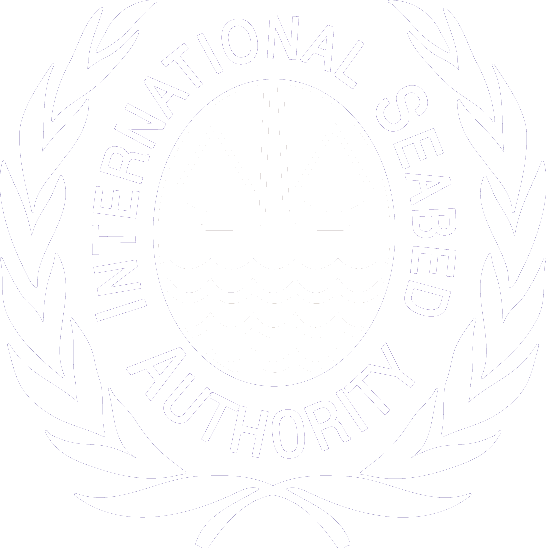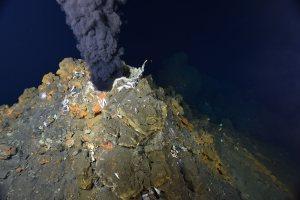Minerals: Polymetallic Sulphides
More than 350 sites of high-temperature hydrothermal vents and about two hundred sites of significant massive sulphide accumulation have been identified since the discovery of black smokers in 1978-79. Most of these deposits are associated with the mid-ocean ridges, backarc environments, submarine volcanic arcs and in basins near volcanic arcs. A study based on new deposit occurrence data from about 10,000 km of ridge, arc, and backarc spreading centers of the global oceans shows the total accumulation to be on the order of 6 × 108 tonnes, containing ∼3 × 107 tonnes of copper and zinc.
Biological Communities and Environmental Concerns: Unusually high temperature and thriving biological communities are most conspicuous of the vents phenomenon. As the seawater seeps into the volcanic rocks through fissures, it becomes hot and the metals of surrounding rocks get dissolved, it then rises up due to convection and carries high temperature fluids (350-400 °C) and ‘black smoke’, containing minerals of economic importance- copper, lead, zinc and silver and gold as traces. Hydrothermal vent fields are hosts of thriving biological communities such as giant tube worms, clam shells, crabs and micro fauna. These animals use chemosynthesis – they derive energy from bacterial oxidation of chemicals in the vent fluids for survival. Massive sulphide deposits are 3D deposits, hence the mining technology for these resources is likely to be different from the polymetallic nodule resource technology. Moreover, due to the presence of benthic community with these deposits, appropriate mitigation strategies to minimize the impact of mining activities are being developed with input from scientific communities.
Polymetallic sulphides contractors
| Contractor | Contract Date | Expiration Date | Contract Extension Expiration | Sponsoring State | Location |
Contract [Note] |
Inspection |
|---|---|---|---|---|---|---|---|
| China Ocean Mineral Resources Research and Development Association | 18 Nov 2011 | 17 Nov 2026 | China | Southwest Indian Ridge | Public Info | ||
| Government of the Russian Federation | 29 Oct 2012 | 28 Oct 2027 | – | Mid-Atlantic Ridge | |||
| Government of the Republic of Korea | 24 Jun 2014 | 23 Jun 2029 | – | Central Indian Ridge | Public Info | Inspection Report – May 2025 | |
| Institut français de recherche pour l’exploitation de la mer | 18 Nov 2014 | 17 Nov 2029 | France | Mid-Atlantic Ridge | Public Info | ||
| Federal Institute for Geosciences and Natural Resources of the Federal Republic of Germany | 06 May 2015 | 05 May 2030 | Germany | Central Indian Ocean | Public Info | ||
| The Government of India | 26 Sep 2016 | 25 Sep 2031 | – | Central Indian Ocean | Public Info | ||
| Government of the Republic of Poland | 12 Feb 2018 | 11 Feb 2033 | – | Mid Atlantic Ridge | Public Info | Inspection report – Compliance – Mar 2023 |


